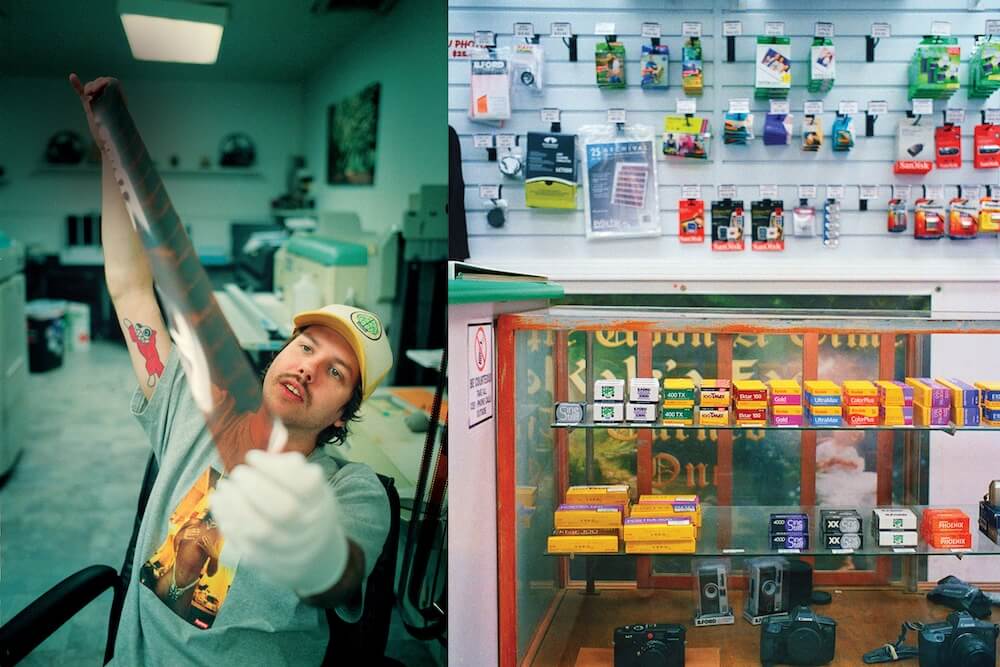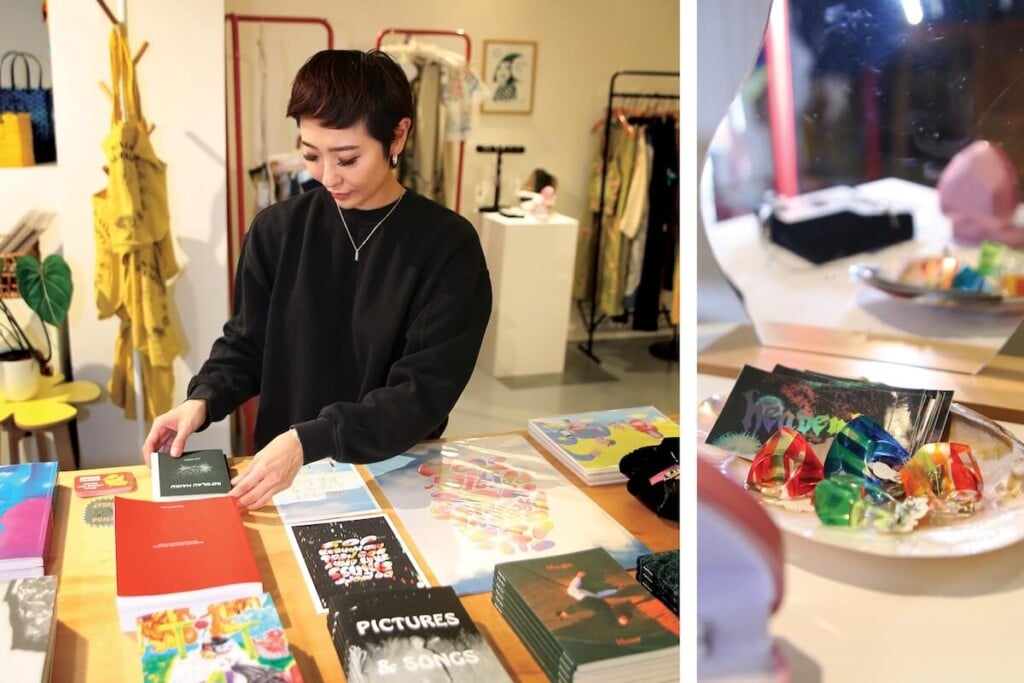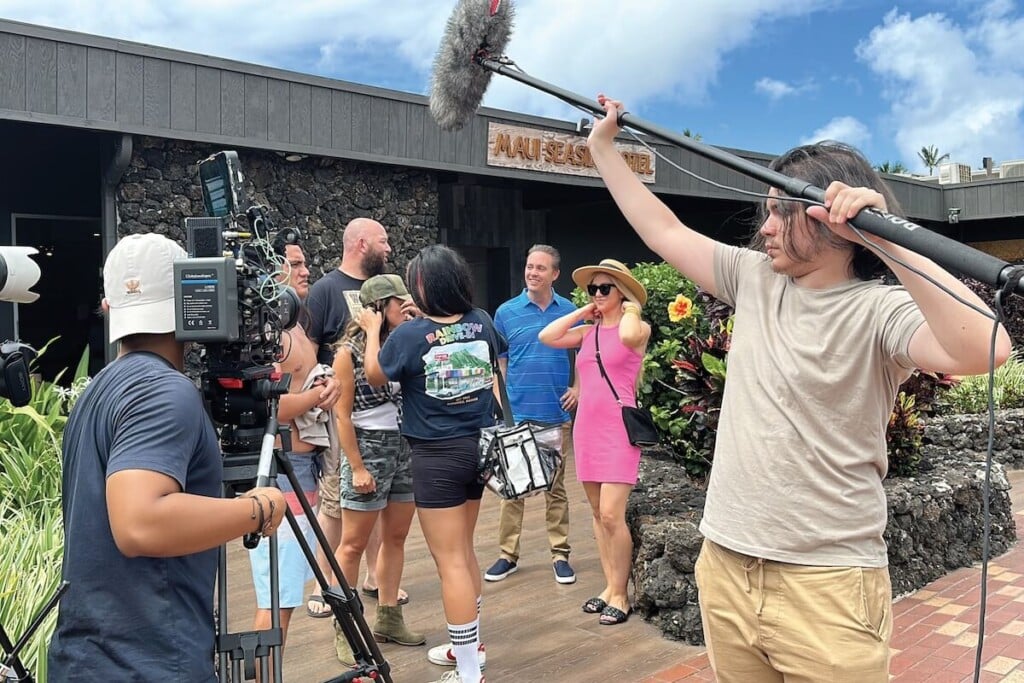Hawaiʻi is Home for Many Musicians and Kumu Hula, but Japan Pays the Bills
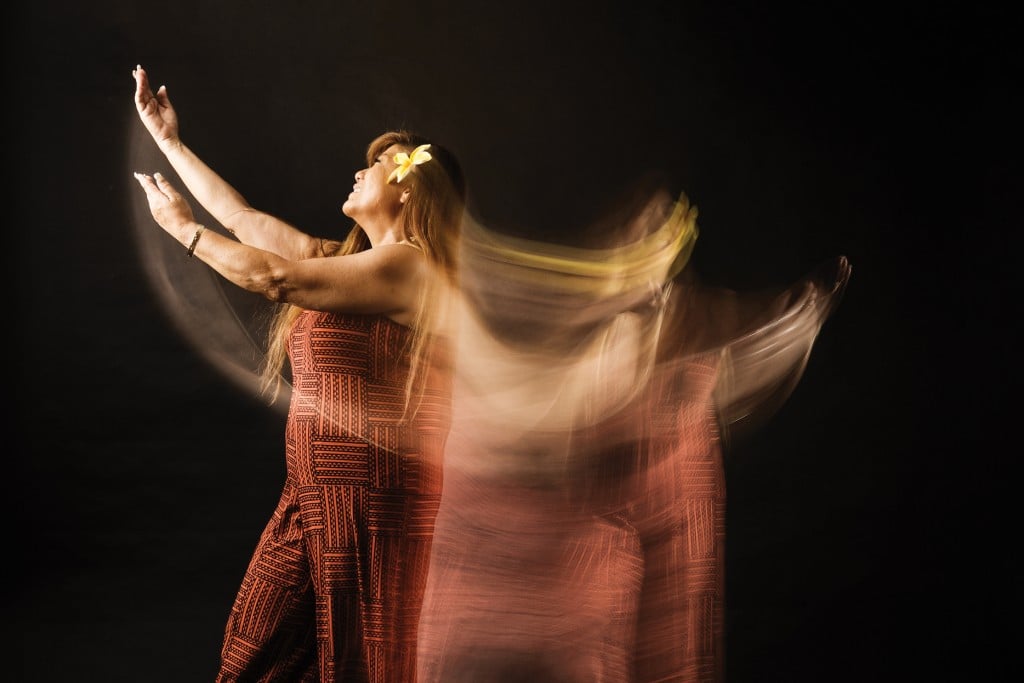
For many Hawaiian musicians and singers, performing is both their passion and their livelihood.
So, when there’s not enough places to perform locally, or the pay is too low, they have to improvise. Some work day jobs and perform at night, or get creative with their repertoire and services.
Others venture to the Land of the Rising Sun, where they find more opportunities and better pay. “Hawaiian musicians have never been able to sustain ourselves as performers in Hawaii alone. We’ve always traveled. We’ve always had to travel,” says Aaron Sala, a Na Hoku Hanohano award-winning Hawaiian music artist who goes to Japan five or six times a year. He’s also the director of cultural affairs at the Royal Hawaiian Center.
Japan also has more demand for hula, providing opportunities for local kumu hula to sustain their halau by performing and teaching there.
Sala says Japan’s strong affinity for Hawaiian culture, means “Japan has become a really comfortable place for Hawaiian artists to go to.”
Video: Kumu Hula Kaui Delire expresses how the demand for hula has grown worldwide
Challenges at Home

Photo: Sean Marrs
When lehua hula Kawaikapuokalani Hewett first went to Japan in the 1980s to perform and teach workshops, he rarely saw any Hawaiian kumu or entertainers. “Today, they’re all over the fricking place,” he says. “And you know why, right? Economy. Everybody got to make money. No more jobs here in Hawaii for entertainers. And maybe get jobs, but they don’t pay well.”
Over the years, the jobs available for Hawaiian music artists have declined, especially in Waikiki, where once almost every hotel had a showroom where music – not just the Hawaiian genre – could be heard. Also, fewer brick-and-mortar music stores mean fewer CDs are sold, and digital downloads and online streaming don’t pay artists as much.
Most Hawaiian music artists have nonmusic day jobs, and those that only perform are often on tour, says Pali Kaaihue, president of the Hawaii Academy of Recording Arts. The academy presents the yearly Na Hoku Hanohano awards – often called Hawaii’s Grammy Awards – and sponsors Hawaiian music and hula concerts in Japan and Hawaii.
It’s similar for some kumu. Sallie Yoza says her full-time job at Kamehameha Schools is the only way to support her family and sustain her Halau O Napualaikauikaiu, which has locations in Kalihi and Waipahu. “For me, to work is to help alleviate the cost for our families, because our families, too, cannot afford the hula,” she says. “But yet be able to bring home income on both sides.”
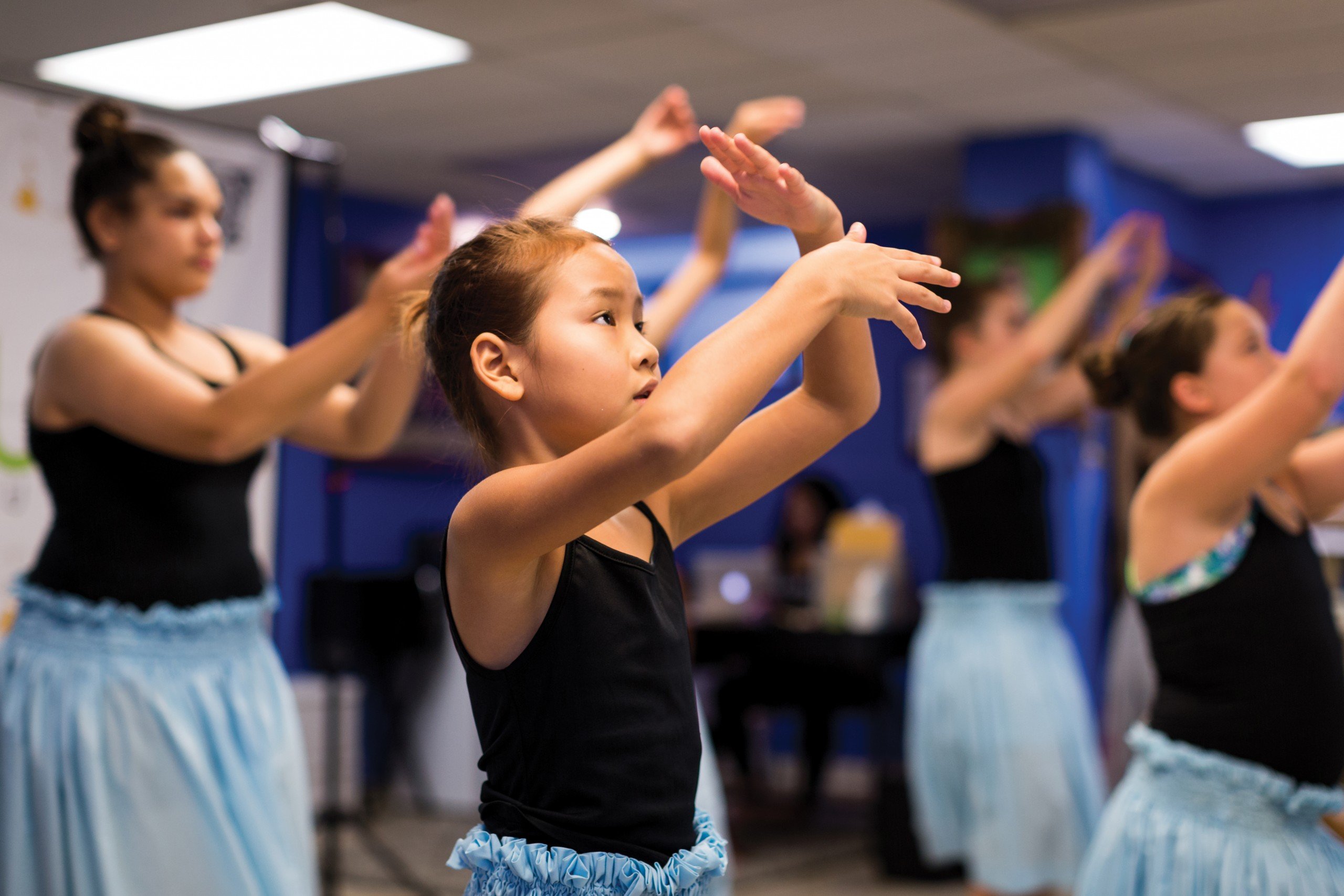
In Hawaii, hula competes for young students with many other activities that interest children. That makes it hard for a kumu to build up the roster at a halau. | Photo Courtesy of Moku o Keawe
Her halau performs twice a month, and any money generated from these performances, such as at local hotels, helps pay the bills. However, some kumu say many performances are not paid. Instead, a halau may receive free food or drink, a small donation or just the opportunity to perform in return for their time and expenses.
Any performance is beneficial, even if unpaid, because it helps ensure people know the halau is available. Kumu Hokuaulani Nihipali of Halau Olapakuikalai o Hokuaulani in Kaneohe says hula now competes with other activities that kids want to do, so if students stop dancing hula, that’s lost tuition, and it makes it hard for a kumu to build up a halau.
On the Hawaiian music side, some artists say, the pay for local performances isn’t always enough to sustain them. Kaaihue estimates that a good performance fee in Hawaii is $300 to $500 for a three-hour performance, but that money must be split among all the musicians. So, many artists who perform full time are doing gigs throughout the day.
The performance fees are “not chump change,” and help people make ends meet, says Weldon Kekauoha, a Na Hoku Hanohano award-winning Hawaiian music artist. He makes a living from a lot of sources: private events, like weddings, travels to Japan once a month and regular performances at Kani Ka Pila Grille in Waikiki. He says if Japan was no longer an option, he’d probably need to do gigs at least three or four times a week to make a decent living.
“It’s a different world than it was 20 years ago,” says Matthew Kawaiola Sproat of the Na Hoku Hanohano award-winning trio Waipuna. “As recording artists, we always know that our money comes from performances and being creative with things. That’s the name of the game is being creative.”
For Waipuna over the years, “being creative” has included cultural consulting, selling T-shirts, opening a music school in Japan, and playing for hula shows, adds Kahookeleholu “Kale” Hannahs.
Terminology
Three hula teacher titles are used in this story: kumu hula, loea hula, and lehua hula. Kumu means “teacher” or “source,” and is the most commonly used title for hula teachers. Loea hula and lehua hula both mean “hula master.” Kawaikapuokalani Hewett prefers the use of lehua hula for himself because that was the title gifted to him by his kumu.

The Na Hoku Hanohano award-winning trio Waipuna performs in Japan once a month. From left, David Kamakahi, Matthew Kawaiola Sproat, and Kahookeleholu “Kale” Hannahs. | Photo: Sean Marrs
A Dichotomy
Georja Skinner, chief officer of the Creative Industries Division in the state Department of Business, Economic Development and Tourism, says artists have told her that Japan lets them pursue a career they love, and without it, they wouldn’t be able to survive as artists in Hawaii without a day job. “They’re so revered in Japan that … it’s a little bit of a dichotomy when you think about it. The majority of revenue made indeed comes from their gigging and their performances and their teaching in Japan.”
The demand for their music has increased so much in Japan, says Leah Bernstein, president emeritus of Mountain Apple Co., that artists are no longer traveling there just in the summer, as in the 1980s. Now, they’re going throughout the year.
And why not? They’re treated like rock stars, says Kaaihue, who is also a musician and performs in Japan several times a year. “From a musician’s standpoint, the audiences are so focused and enamored and overjoyed when you’re performing, when you’re there. And from the business standpoint, obviously, they buy the tickets, they purchase the CDs,” he says.
“And I don’t think it’s any secret when I say as far as the performance fee that an artist would get in Japan versus what they get here is night and day. It’s night and day.”
Part of that support comes from Japan’s higher ticket prices, says Eric Takahata, managing director of Hawaii Tourism Japan, Hawaii Tourism Authority’s partner for marketing in Japan. Sometimes, tickets cost hundreds of dollars, he says, compared to the less-than-$40 ticket price typically found in Hawaii.
“The Japanese will pay them top dollar and treat them with a little bit more reverence. … So the musicians who are going there know that that’s viable for them … and of course they’re going to go,” says Jerry Santos of the Na Hoku Hanohano award-winning group Olomana. “If somebody’s going to wave a lot of money in your face and say, ‘Come over here and I’ll treat you like a king,’ you’d be kind of a fool not to do it.”
He admits he’s concerned that there appears to be a stereotype of Hawaiian music and hula that Japanese audiences want to see. Often, it’s the winners of the Na Hoku Hanohano Awards and Merrie Monarch Festival who are invited to perform and teach in Japan, he says. “Hawaii has so much more than that. So, while I am happy for the ones that have the great opportunity, I almost wish that everybody would have the same opportunities across the board,” he says.
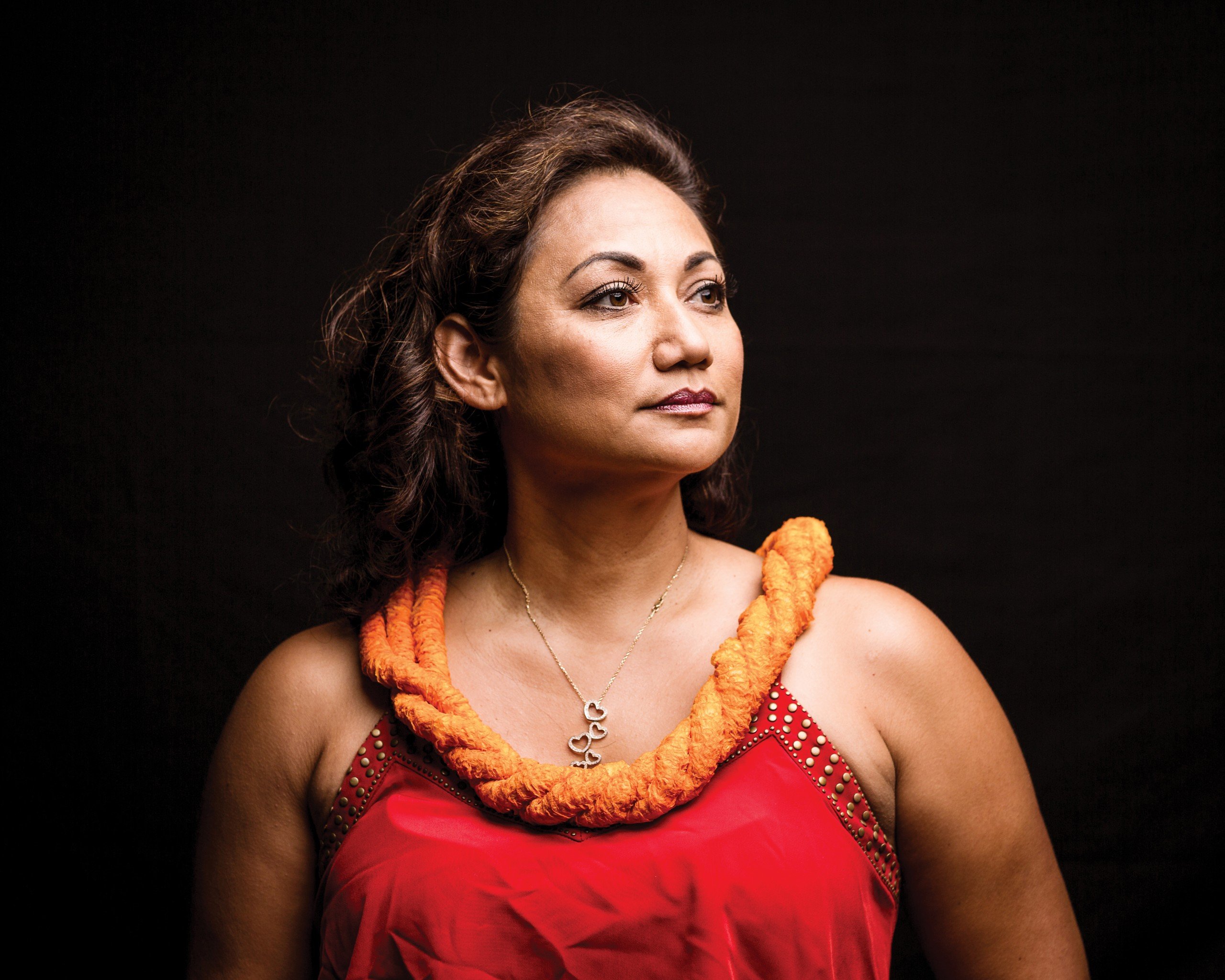
Kumu Kaui Dalire has halau in Kaneohe, Japan, Australia, Mexico, and on the Mainland. She says each overseas halau is led by an instructor, and she visits each location two or three times a year. | Photo: Sean Marrs
Keeping the Culture Alive
Hewett credits loea hula and Merrie Monarch co-founder George Naope with opening the door for Hawaii kumu who are in Japan today. Kumu have been establishing branches of their halau in Japan for the past 10 to 20 years, often to help sustain themselves at home. Before opening six branches of her halau in Japan and one in Korea, Nihipali used her production company – which coordinates Hawaiian entertainment for overseas events – to financially sustain her Kaneohe halau. When those overseas branches opened, they took over that financial support, so she says, it would be very challenging to keep her Kaneohe halau running without them.
Nihipali travels to each of her Japan branches at least once a month and says tuition for hula classes can be, on average, 20 percent higher than in Hawaii, though she has different tuition rates for different Japanese cities, depending on the cost of living.
But the main thing is not the money, she emphasizes. “We all need to make a living. And we all need to get ahead. … But I’m very fortunate to have a strong hula base now with my Kaneohe haumana here and then also with my Japan students.
“We are grateful to the Japanese for keeping a lot of us in business and keeping our culture alive,” she adds.
The financial success of halau in Japan can be attributed to the higher numbers of Japanese students – it’s often said Japan has more hula dancers than Hawaii – and their willingness to pay higher tuition. Takahata says this willingness stems from the value Japanese students place on getting an education, and that value is increased if the Japan halau is associated with a kumu from Hawaii – such as having a Japanese sensei being taught or guided by a kumu, or a kumu directly overseeing the halau.
“(There are) many hula students in Japan, it’s a phenomenal ongoing business that they run there,” says kumu Ainsley Halemanu of Hula Halau Ka Liko O Ka Palai. “… So the prosperity opens up to our local teachers. So all the big names jump on the bandwagon.”
Preserving Traditions
Many kumu agree there are more hula dancers in Japan than Hawaii. Over the years, hula has been taught in Japan in community centers, universities and halau. Eric Takahata of Hawaii Tourism Japan has heard that Japan has about two million hula dancers, compared to his estimate of less than 50,000 across Hawaii. There’s no official count of Hawaii dancers – even the Merrie Monarch Festival doesn’t keep track, says judge Ainsley Halemanu – but other people estimate that Hawaii has 8,000 to 20,000 hula dancers.
Some Hawaii kumu began teaching in Japan because they were concerned that people who didn’t have hula training were opening schools and calling themselves kumu. That’s why Kumu Kaui Dalire launched ikumuhula.com in April to offer hula classes online. She says she felt a responsibility to make sure the traditions of hula and Hawaiian culture were passed on properly.
She also has halau in Kaneohe, Japan, Australia, Mexico and on the Mainland. She says many kumu struggled with whether to start teaching outside Hawaii because they feared they were selling out the Hawaiian culture. “I truly believe 100 percent that we’ve been given this talent for a reason,” she says. “We shouldn’t be made ashamed to be able to capitalize on it in a way that sustains our families, because to live in Hawaii, it’s really hard. It’s expensive. I mean it’s a struggle for survival and for me, I’m just happy that I’m able to do what I love doing and still be able to provide for my five boys as a single parent.”
Maelia Loebenstein Carter, kumu hula of Ka Pā Hula o Kauanoe o Waahila, was one of those kumu who originally struggled with the idea of teaching in Japan. She now has 600 or 700 students across her nine Japanese halau branches, but she says it’s not a business venture – it’s about being a presence of traditional hula. “I always knew that when my day of reckoning came, I would be able to face my ancestors and know that I didn’t sell out our culture. I didn’t sell out for a dime,” she says.
Kuuipo Kumukahi, immediate past president of the Hawaii Academy of Recording Arts, says she doesn’t fault kumu if they have to go abroad to make a living, though she thinks they have sold Hawaii.
She acknowledges that Hawaiian kumu are teaching Japanese people to be good stewards of hula and its traditions. But, if the kumu or their Japanese partners are simply in it to make money, “Forget the olelo Hawaii, forget that they’re wearing the leis … you’ve sold it. And so kumu hula have to be responsible,” for what they’re sharing in Japan.
The musicians, on the other hand, just play the music, not teach, she adds. But they have to decide whether they’re OK with being commodities: “So the idea of becoming a commoditized Hawaiian musician … it’s, ‘Can you sleep with that, are you OK with that?’ ” she asks.
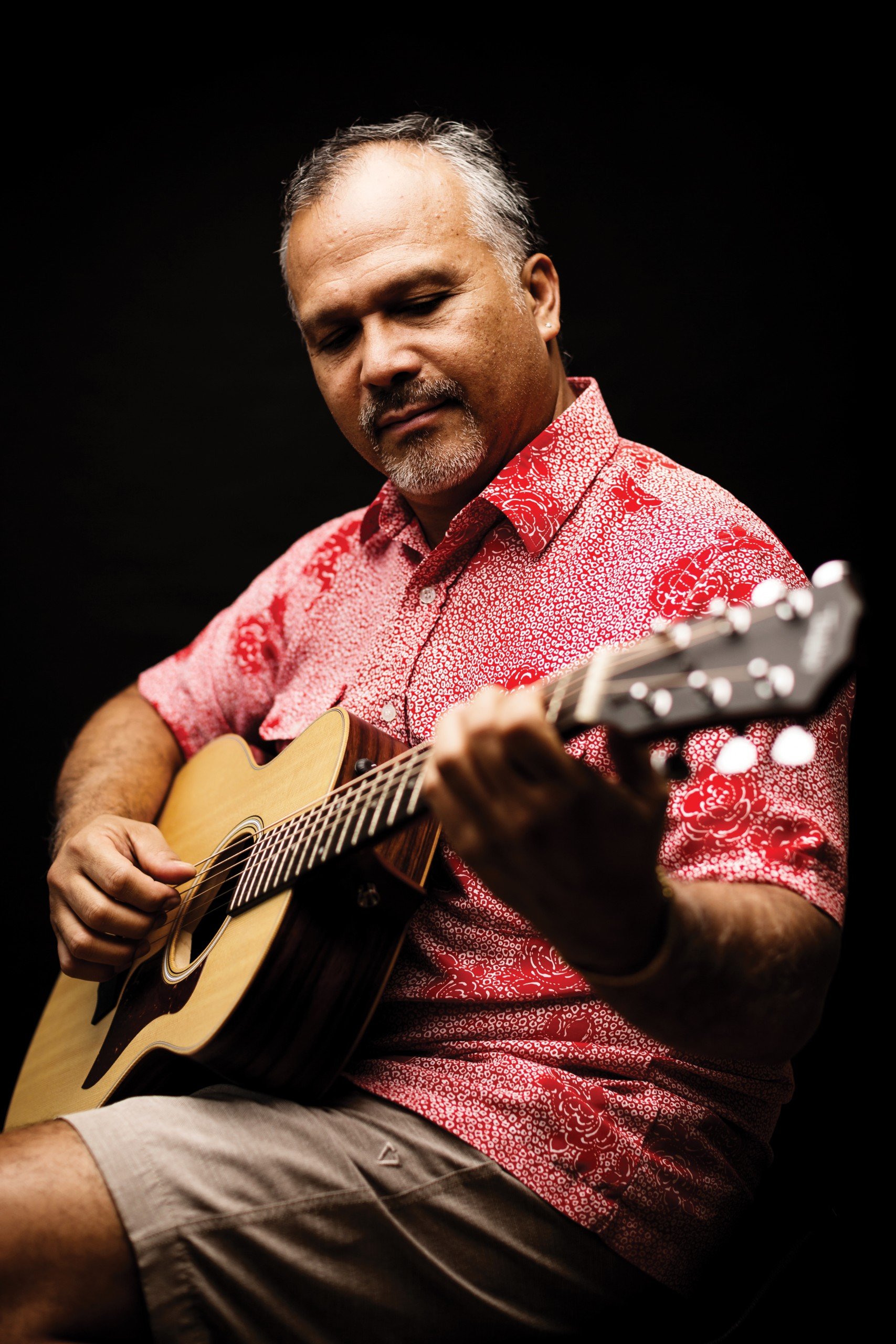
Nā Hoku Hanohano award-winning Hawaiian music artist Weldon Kekauoha. | Photo: Sean Marrs
Local Commitments
Some venues in Hawaii still commit to providing Hawaiian music and hula performances today. One is the Kuhio Beach Hula Show that has been running for over 20 years in Waikiki. Another is Mele Mei, an annual celebration of Hawaii’s music, hula and culture. According to co-creator Pali Kaaihue, the event was started in part to show the venues that didn’t have live Hawaiian music that they needed to step up their game.
The Hilton Hawaiian Village in Waikiki was one of the first hotels to jump on board with Mele Mei, says Lora Gallagher, regional marketing director for Hilton Hawaii. She says its longstanding commitment to Hawaiian music is evident today at Hilton Hawaiian Village’s Tropics Bar & Grill and Tapa Bar. “It’s just part of our DNA, I guess. We know we need to have it. It’s good for our business and it’s good for people. Like I said, I think the visitors expect it,” she says.
There are also places like Kani Ka Pila Grille at the Outrigger Reef Waikiki Beach Resort and the Royal Hawaiian Center. The grille works with over 30 musicians who predominantly play traditional Hawaiian music every night. Luana Maitland, director of cultural programs, says her challenge is not having enough days of the week to have all the musicians play. The Royal Hawaiian Center has long held regular hula and Hawaiian music performances, and Aaron Sala, director of cultural affairs, says: “There will never be an intent on our part to stop that in any way. If anything, we’re looking to increase it.”
There’s also support for musicians from the state government’s Creative Lab Hawaii Music Immersive Program, which helps artists – not just Hawaiian musicians – find new markets and revenue in music for film or TV projects. The five-day program pairs selected artists with mentors to help them write music for these projects, says Tracie Young, an economic development specialist with the Creative Industries Division.
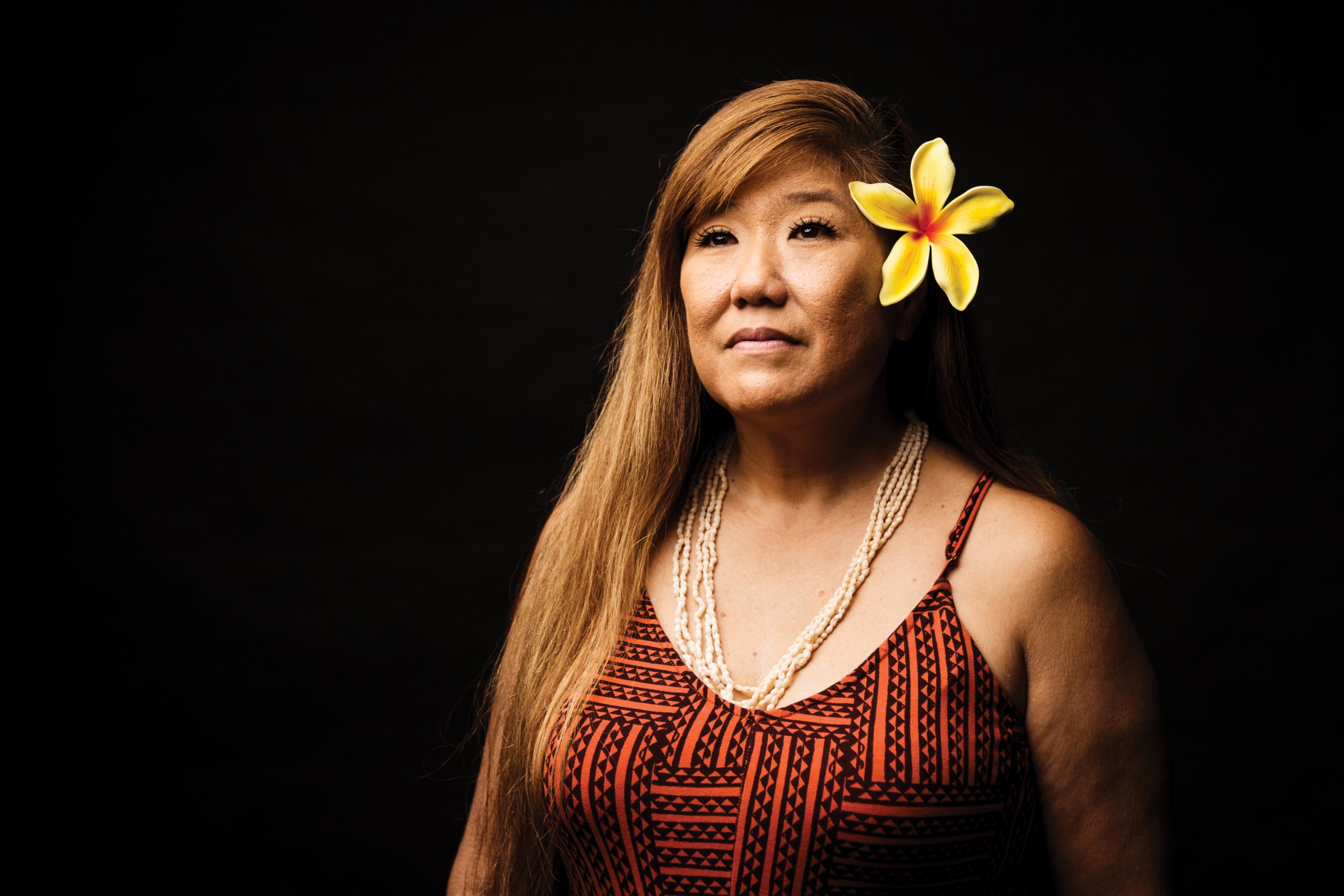
Kumu Sallie Yoza of Halau O Napualaikauikaiu. | Photo: Sean Marrs
“Dime a Dozen”
Part of the problem with being able to make a living in Hawaii, some say, is that Hawaiian music and hula are taken for granted. “In Hawaii, we’re a dime a dozen. All the times (Waipuna gets) calls for baby luau, we get, ‘Oh how come you guys cost so much?’ That’s our value,” says Waipuna’s Kahookeleholu “Kale” Hannahs. “And then, ‘I’m just going to get my uncle fo play,’ you know? ‘My uncle can play and all I got to give him is his beer.’ And that’s the truth about Hawaii. And that’s why with supply and demand, there is value for us anywhere outside of Hawaii.”
Kuhao Zane agrees with Hannahs. “It’s just that here we have a culture of like, ‘Oh yeah, you can get free Hawaiian music along with your meal. Come to a sunset dinner,’ ” says Zane, who is a dancer from Halau o Kekuhi on Hawaii Island, which performs in Hawaii and Japan to fundraise for the Edith Kanakaole Foundation.
Artists should be able to make a living by performing and teaching just in Hawaii, says Kuuipo Kumukahi, immediate past president of the Hawaii Academy of Recording Arts. But that would only happen if Hawaii’s financial support of Hawaiian music and hula was as much as Japan’s. “But it’s not,” she says. “Now that’s shameful.”
She used to travel to Japan every six months to perform. “It’s tiring,” she says. “And you cannot do that forever.” She wishes there was more demand for hula performances and lessons beyond Merrie Monarch.
Despite the challenges, some Hawaiian music artists have made it work at home. When musical venues around Waikiki started disappearing in the 1990s, says Jerry Santos of Olomana, he adapted by moving from one type of venue to another and diversifying his repertoire. He’s performed four or five nights a week for the past 40 years.
“It is possible to make a living at home,” he says. “I can play on a concert stage because I know how to do that. I’ve played with the symphony because I’ve had that experience. But at the same time, if there’s no big shows this weekend, and if I don’t have the opportunity to do that, I can still go play in nightclubs because I have more than enough music to do that.”
